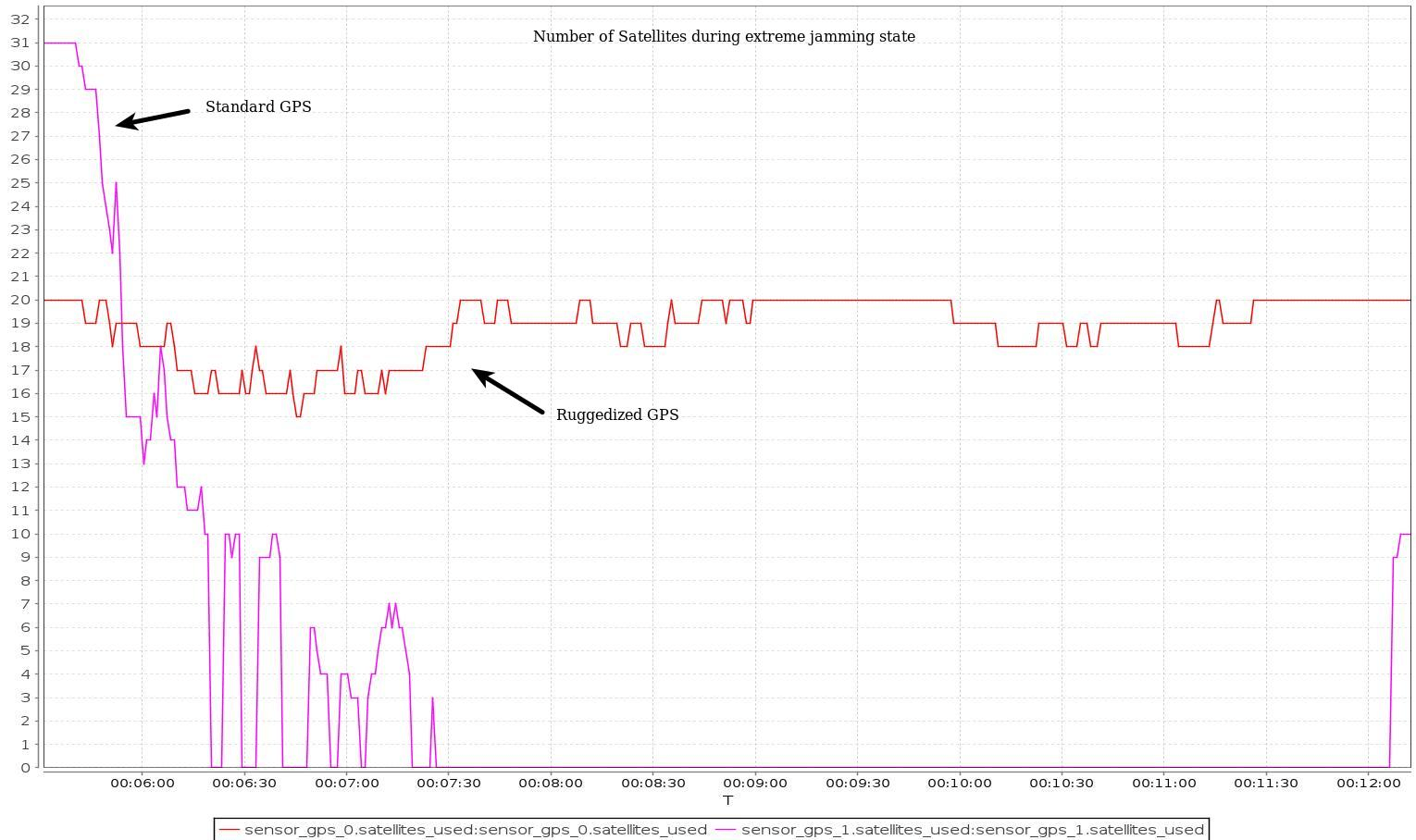
Though fast development has increased both the array of capabilities and effectiveness of drone deployment, creators of jamming technologies have managed to keep pace in disrupting those activities. In response, a Dutch company says it has developed a muscled-up onboard system to confound even sophisticated blocking platforms.
Headquartered not far from Amsterdam’s airport, Vertical Technologies says it has successfully tested its anti-jamming innovation aboard its DeltaQuad enterprise drones. The trials involved the company’s enhanced GPS system aboard a UAV also equipped with a standard version of the tech. When flown near, or even directly over military-grade jamming platforms, the optimized unit “maintained an impressive amount of satellite locks” according to a release, while the normal one was neutralized.
The company did not specify how many times the trials were replicated, but did say the anti-jamming device on its DeltaQuad drone “came through with a perfect score.” The tests involved one of its automated UAVs – which are typically used by enterprise, public, and defense clients – being flown in automated mode around “the most powerful military jamming systems” Vertical Technologies could find.
Read: Buy your own drone-jamming gun on Amazon… but be careful
While the standard GPS was taken out of commission almost immediately, the reinforced anti-jamming solution maintained contact and positional awareness, permitting the drone to continue operating normally. The trials also flew the UAV directly over and quite near to the scrambling platform, thus verifying what seems intuitively logical: that the effectiveness of anti-jamming devices relies on withstanding or blocking out any disruptive external emissions, not on its proximity to the sources of those.
Vertical Technologies said the innovation uses Frequency Hopping Spread Spectrum techniques to mitigate jamming attempts to disrupt drones’ communication transmission, and backs that up with redundant video and communication links to the craft.
So just how applicable will the anti-jamming equipment be to most drone operators? Not much, of course, since virtually no private pilots ever run into the threat unless they’re out looking for trouble flying in prohibited airspaces in the first place. It’s unlikely even most companies using DeltaQuad UAVs for mapping, surveying, modelling, surveillance, and tracking missions will have much need for it, either.
Read: White House seeks to enlarge actors authorized to track and zap suspect drones
But as successful jamming of drones in conflict zones like Syria and Ukraine indicate, access to that blocking tech is increasing, and ending up in the hands of non-government users who can take UAVs down – or even block them from getting aloft.
For that reason, even if the new Vertical Technologies anti-jamming unit won’t find anywhere near the market demand drones themselves do, its continuing research it will be critical to overcoming interference as its sophistication of that threat as it evolves – and uses by hostile actors spreads.
FTC: We use income earning auto affiliate links. More.


Comments